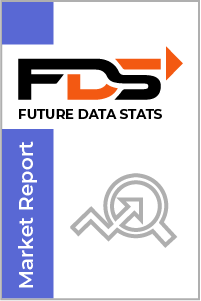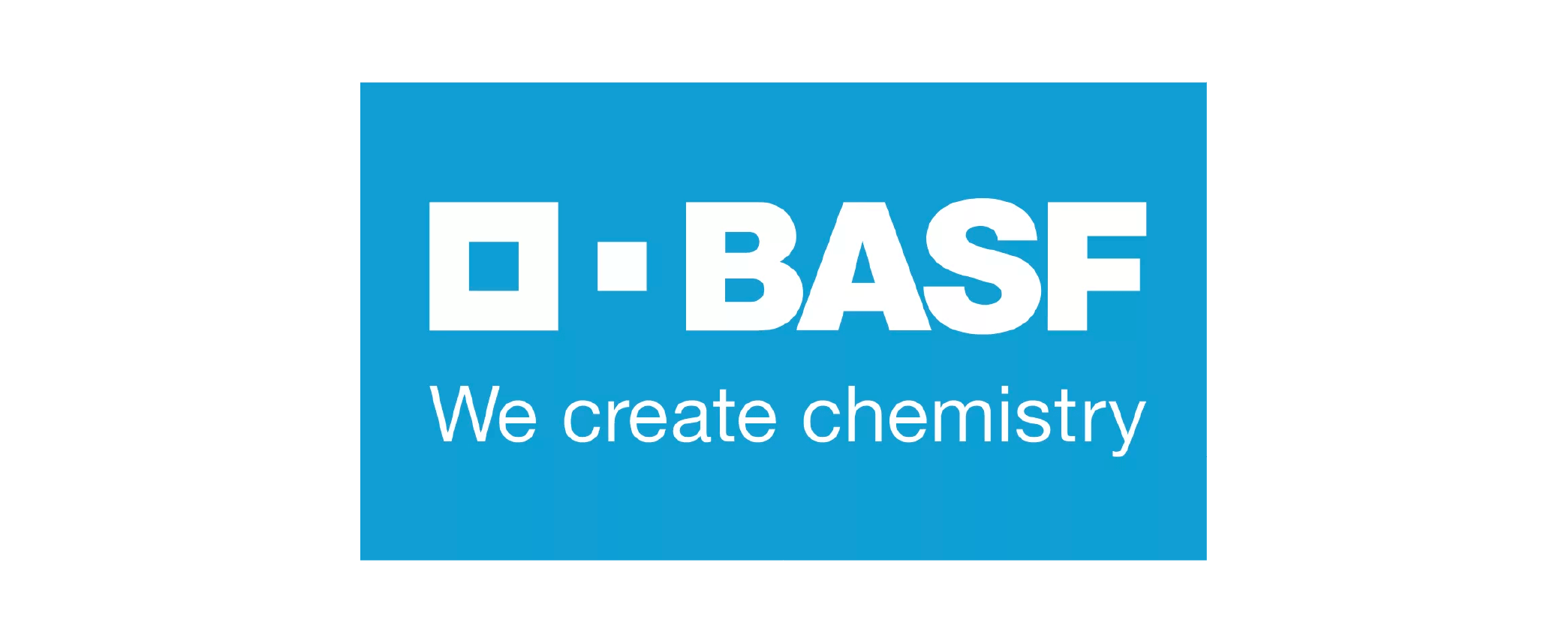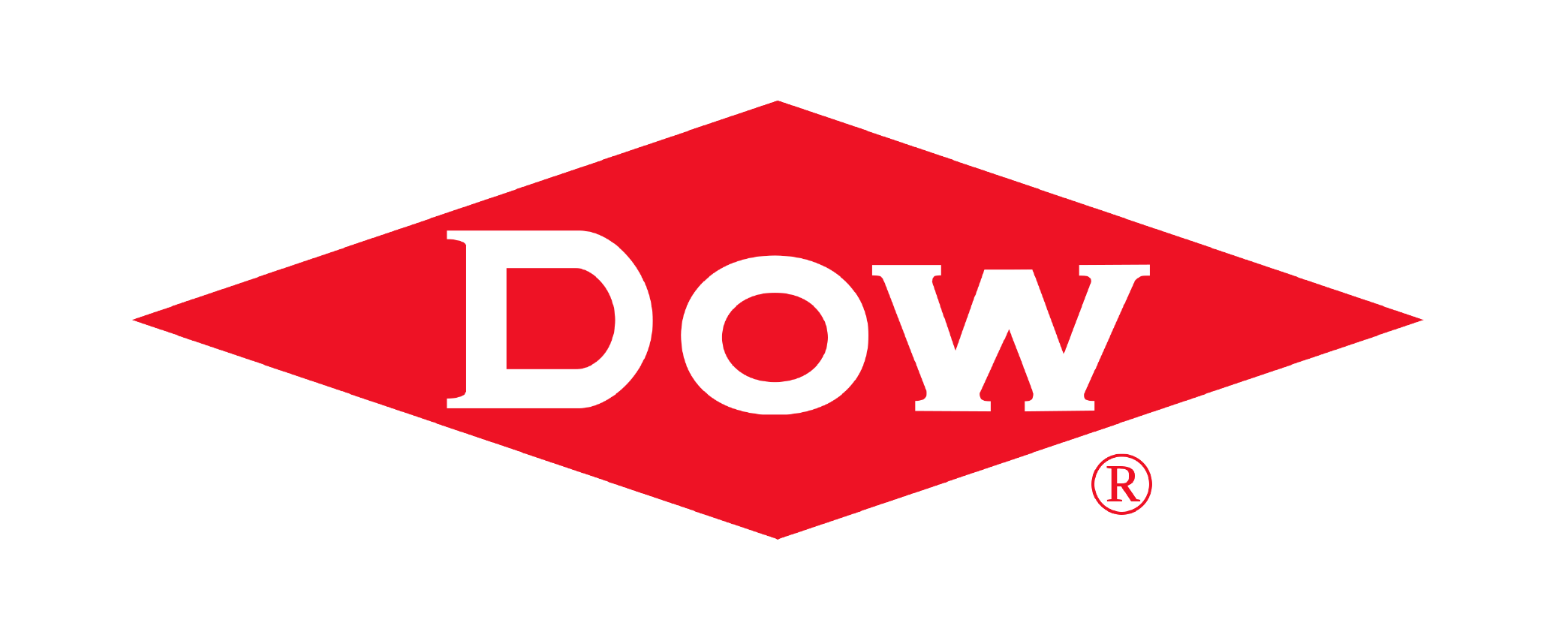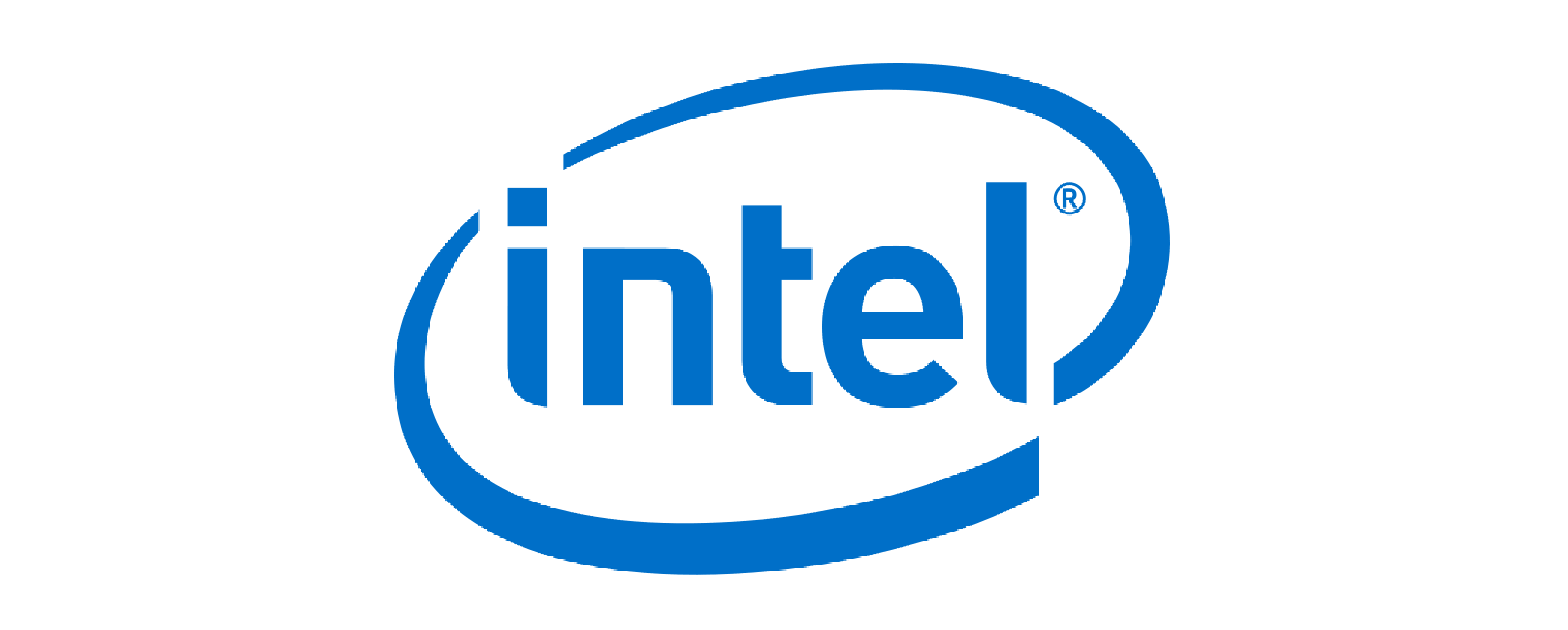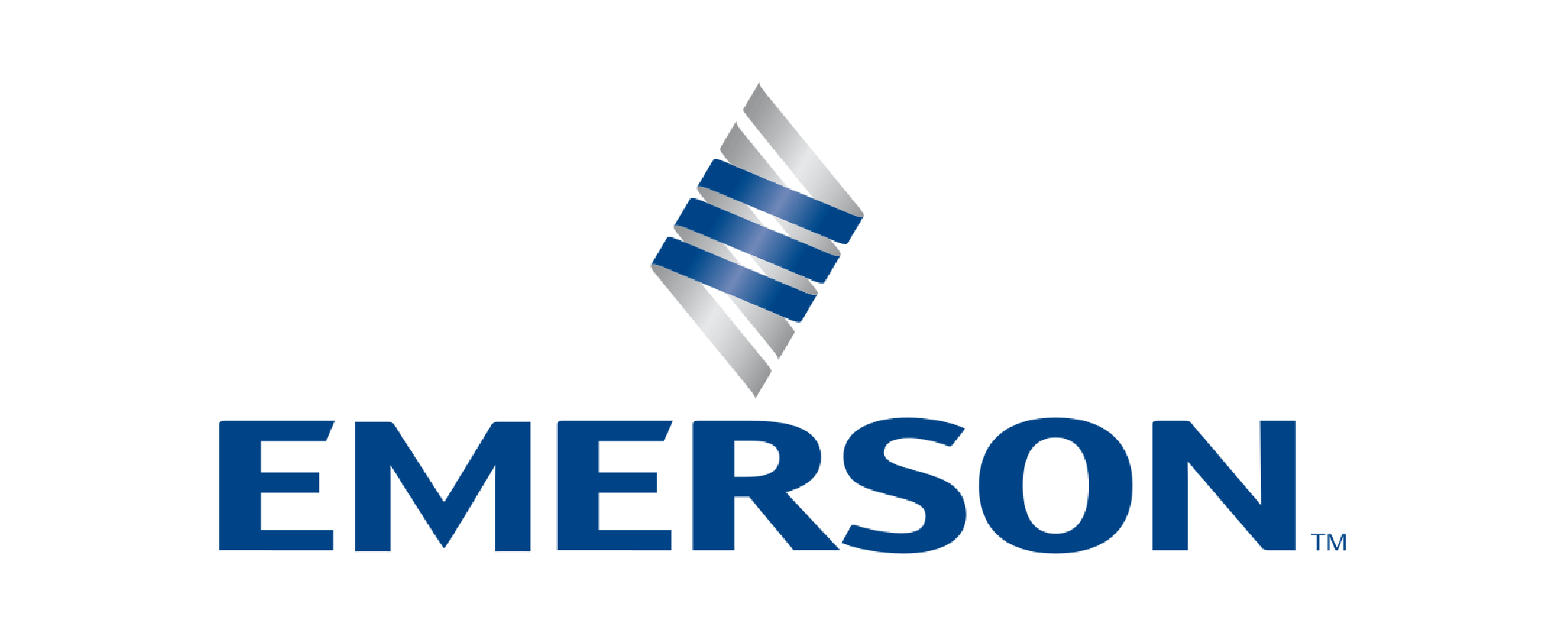The global Gas Sensor Market size was valued at USD 4.2 Billion in 2024 and is projected to expand at a compound annual growth rate (CAGR) of 8% during the forecast period, reaching a value of USD 8.2 Billion by 2032.
The "Gas Sensor Market Research Report" by Future Data Stats presents a comprehensive analysis of the market landscape, drawing on historical data from 2021 to 2023 to uncover significant trends and growth trajectories. Establishing 2024 as the baseline year, the report delves into consumer behavior, competitive dynamics, and regulatory contexts that shape the industry. It goes beyond mere observation, offering a meticulously researched forecast that spans from 2025 to 2033. Utilizing advanced data analysis techniques, the report not only charts the market's growth path but also highlights emerging opportunities and anticipates potential challenges, equipping stakeholders with crucial insights to navigate the evolving market environment effectively.
MARKET OVERVIEW:
A gas sensor is a device used to detect the presence of gases in the environment. It works by identifying specific gas molecules and providing a response to their concentration. These sensors are widely used in various industries, including manufacturing, automotive, healthcare, and environmental monitoring, to ensure safety and compliance with regulatory standards. They help detect harmful gases like carbon monoxide, methane, and volatile organic compounds, providing real-time alerts to prevent hazardous situations. In the market, gas sensors play a crucial role in both industrial and residential settings. They are essential for applications such as leak detection, air quality monitoring, and gas detection in hazardous environments. The demand for gas sensors is driven by their increasing use in safety systems, advancements in sensor technology, and growing environmental concerns. As industries focus more on worker safety and environmental protection, the gas sensor market continues to expand, with innovations aiming to improve accuracy, durability, and cost-effectiveness.
MARKET DYNAMICS:
The Gas Sensor Market is witnessing a surge in demand due to the increasing focus on environmental monitoring, industrial safety, and healthcare applications. Companies are developing advanced gas sensors that offer improved accuracy and sensitivity to detect hazardous gases, driving innovation. The growing adoption of smart technologies and the Internet of Things (IoT) is another key trend shaping the market, as gas sensors are integrated into connected systems for real-time monitoring and analysis. Additionally, the rise in industrial automation and stringent regulations regarding workplace safety are pushing the adoption of gas sensors across various sectors, including manufacturing, automotive, and oil & gas. New sensor types, such as infrared and photoionization sensors, are gaining traction for their high efficiency and ability to detect multiple gases simultaneously. The healthcare sector is also expected to drive significant growth, with applications in respiratory monitoring and patient safety. As sustainability becomes a priority, there is a growing demand for environmentally friendly gas detection solutions, opening up new business opportunities. The market will continue to evolve with innovations in wireless sensors, portable detection devices, and the expansion of gas sensor applications in emerging industries like agriculture and energy.
As regulations regarding air quality and workplace safety tighten, companies increasingly rely on gas sensors to detect hazardous gases and ensure compliance. Additionally, the growing adoption of smart technologies and the Internet of Things (IoT) is driving innovation in gas sensor design, allowing for real-time monitoring and data collection, which enhances operational efficiency and safety. High initial costs and the complexity of installation may deter some businesses from investing in advanced gas detection systems. Furthermore, the varying sensitivity and selectivity of different sensor technologies can lead to performance inconsistencies, affecting user trust. To address these issues, manufacturers can focus on developing cost-effective solutions and improving sensor accuracy.
GAS SENSOR MARKET SEGMENTATION ANALYSIS
BY TYPE:
Electrochemical sensors are widely used due to their high sensitivity and low power consumption, making them ideal for detecting gases like carbon monoxide and oxygen. These sensors play a significant role in both industrial safety and environmental monitoring. Semiconductor sensors are popular for their compact design and versatility. They detect a wide range of gases by measuring changes in the electrical resistance of the sensor material when exposed to specific gases. These sensors are commonly used in applications such as air quality monitoring and automotive emissions control.
Metal oxide sensors rely on a metal oxide surface to react with gases and alter electrical conductivity. They are effective for detecting a variety of gases, especially in industrial and environmental applications. Optical sensors use light absorption techniques to identify gases, offering high precision and stability, while catalytic bead sensors are widely used in combustible gas detection due to their ability to sense gases like methane and hydrogen.
BY APPLICATION:
In industrial applications, safety regulations and the need to detect hazardous gases are key drivers. Companies are investing in advanced sensors to ensure compliance and enhance workplace safety. This has led to a significant increase in demand for gas sensors in manufacturing plants, chemical processing, and other high-risk industries. Automotive applications are also contributing to market growth, with gas sensors playing a vital role in emissions monitoring and improving vehicle safety. As automotive technologies advance, sensors that monitor gas levels are becoming more integrated into vehicle systems, ensuring better performance and meeting environmental standards. The growing push for electric and hydrogen-powered vehicles is expected to further drive the demand for these sensors.
In environmental monitoring, gas sensors are crucial for tracking air quality and pollution levels. Their use is expanding as governments and organizations focus more on sustainability and climate change mitigation. The healthcare sector is increasingly adopting gas sensors for patient monitoring, and in consumer electronics, the rise of smart home devices is creating new opportunities. Additionally, the oil and gas industry relies heavily on gas sensors for leak detection and safety protocols in high-risk environments.
BY TECHNOLOGY:
Analog gas sensors are widely used for their simplicity and cost-effectiveness. These sensors generate a continuous output signal that corresponds to the concentration of a specific gas, making them ideal for various industrial applications where real-time monitoring is essential. Digital gas sensors offer more advanced features and precision compared to analog sensors. By converting gas concentration levels into a digital signal, these sensors provide enhanced accuracy and easier integration with modern digital systems. They are often preferred in applications that require high levels of data processing, such as smart homes and industrial automation.
The shift toward digital gas sensors is driven by their ability to offer more detailed data and the growing need for connectivity in the Internet of Things (IoT) ecosystem. Both analog and digital sensors continue to meet different market demands, with analog sensors favored for their affordability and digital sensors chosen for their accuracy and smart capabilities.
BY END-USER:
Gas sensors are widely used in refineries, pipelines, and drilling operations to monitor hazardous gas emissions, ensuring worker safety and regulatory compliance. The demand for reliable detection systems continues to grow as the industry focuses on improving operational safety and reducing environmental impacts. In the manufacturing industry, gas sensors play an essential role in maintaining safe working conditions. They are used to detect harmful gases, such as carbon monoxide or methane, preventing accidents and improving air quality within factories. As manufacturing processes become more automated, the need for accurate gas detection systems has increased, pushing the market forward.
The healthcare and automotive industries are also important end-users of gas sensors. In healthcare, sensors are used for patient monitoring and respiratory care, enhancing medical safety. Similarly, the automotive industry benefits from gas sensors in emissions monitoring, improving vehicle performance and meeting environmental standards. As technological innovations advance, these industries will continue to drive the growth of the gas sensor market.
REGIONAL ANALYSIS:
North America holds a significant market share due to the increasing demand for gas sensors in industries such as manufacturing, automotive, and healthcare. Strong regulatory frameworks in countries like the United States and Canada push companies to adopt advanced gas detection systems to ensure safety and environmental compliance. The growing trend of smart cities and IoT-based solutions also supports the demand for gas sensors in the region.
In Europe, the market is driven by stringent environmental regulations and a strong emphasis on workplace safety. Countries like Germany and the UK are early adopters of advanced gas sensor technologies, integrating them into both industrial and residential applications. Asia-Pacific is experiencing rapid growth, driven by industrial expansion, urbanization, and rising awareness of environmental concerns. Meanwhile, Latin America, Middle East, and Africa are gradually catching up, with increased adoption of gas sensors in sectors such as oil and gas, environmental monitoring, and healthcare.
MERGERS & ACQUISITIONS:
- In April 2023: Figaro Engineering displayed its latest range of gas sensor products at the NFPA Conference trade show held in Las Vegas.
- In February 2023: Figaro Engineering announced the launch of the NDIR CO2 sensor CDM7162, which is compact in size and offers long-term reliability.
- In April 2022: Alphasense & AMETEK MOCON unveiled the gas sensor center of excellence at their Essex manufacturing facility.
- In April 2022: MEMBRAPOR launched the ETO/CA-10 sensor for ethylene oxide, which shows a highly reduced cross-sensitivity to carbon monoxide.
KEY MARKET PLAYERS:
- Figaro Engineering Inc.
- Alphasense Ltd.
- Amphenol Advanced Sensors
- MEMBRAPOR AG
- Dynament Ltd.
- City Technology Ltd.
- New Cosmos Electric Co. Ltd.
- SGX Sensortech SA
- MSA Safety Inc.
- Honeywell International Inc.
- Siemens AG
- ABB Ltd.
- Teledyne Technologies Inc.
- Nemoto & Co. Ltd.
- Sensirion AG
- AMS AG
- Asahi Kasei Microdevices Corporation
- Nissha FIS Inc.
Gas Sensor Market: Table of Contents
-
Introduction
- Overview
- Market Definition
- Scope of the Report
-
Market Dynamics
- Drivers
- Restraints
- Opportunities
- Challenges
-
Segmentation
- By Type
- By Application
- By Technology
- By End-User
- By Region
-
Competitive Landscape
- Market Share Analysis
- Key Players and Their Strategies
- Mergers & Acquisitions
-
Regional Analysis
- North America
- Europe
- Asia-Pacific
- Latin America
- Middle East & Africa
-
Market Trends
- Technological Advancements
- Emerging Applications
- Future Outlook
-
Company Profiles
- Key Companies
- Product Portfolio
- Recent Developments
-
Conclusion
- Summary of Key Findings
- Market Forecast
Gas Sensor Market Segmentation
By Type:
- Electrochemical Sensors
- Semiconductor Sensors
- Metal Oxide Sensors
- Optical Sensors
- Catalytic Bead Sensors
By Application:
- Industrial Applications
- Automotive Applications
- Environmental Monitoring
- Healthcare
- Consumer Electronics
- Oil and Gas
By Technology:
- Analog Gas Sensors
- Digital Gas Sensors
By End-User:
- Oil and Gas Industry
- Manufacturing Industry
- Chemical and Petrochemical Industry
- Healthcare Industry
- Automotive Industry
By Geography:
- North America (USA, Canada, Mexico)
- Europe (UK, Germany, France, Italy, Spain, Rest of Europe)
- Asia-Pacific (China, Japan, South Korea, India, Rest of Asia-Pacific)
- South America (Brazil, Rest of South America)
- Middle East and Africa (GCC Countries, South Africa, Rest of MEA)
Key Reasons to Buy this Report
· Comprehensive Insights: This market research report provides in-depth and comprehensive insights into the industry, market trends, and key dynamics. The thorough data collection, analysis, and interpretation processes offer valuable information and a clear understanding of the market landscape.
· Future Predictions: The report includes detailed future data statistics, forecasts, and predictions based on rigorous analysis and modeling techniques. These insights can aid in making informed decisions and developing strategies that align with the projected market scenarios.
· Industry Analysis: The report offers a comprehensive industry analysis, including factors such as market size, market share, competitive landscape, and key players. This overview of the industry's current status, growth potential, and competitive dynamics can help identify lucrative opportunities.
· Market Trends and Opportunities: By purchasing this report, you gain access to up-to-date information on the latest market trends and emerging opportunities. This knowledge can help you identify potential growth areas and adapt your business strategies accordingly.
· Risk Mitigation: The report provides insights into potential risks, challenges, and barriers to entry in the market, enabling you to develop risk mitigation strategies and anticipate market fluctuations.
· Investment Decision Support: The reliable and data-driven information in this report can aid investors, venture capitalists, and financial institutions in their investment decision-making processes, helping evaluate market potential and expected returns.
· Product Development and Innovation: The insights into consumer preferences, needs, and demands can be leveraged for product development and innovation, leading to enhanced customer satisfaction and market success.
· Strategic Planning: The comprehensive market overview, competitive positioning, and growth potential information in this report can serve as a foundation for strategic planning, goal setting, and resource allocation.
· Market Entry and Expansion: For businesses looking to enter new markets or expand their operations, this report provides valuable insights into market dynamics, consumer behavior, regulatory frameworks, and competitive landscapes, supporting informed decision-making.
· Evidence-Based Decision Making: The data-driven analysis and insights in this report can enable you to make informed decisions, reducing the risk of costly mistakes and increasing the likelihood of achieving your business objectives.
RESEARCH METHODOLOGY
With a collective industry experience of about 70 years of analysts and experts, Future Data Stats encompasses the most infallible research methodology for its market intelligence and industry analysis. Not only does the company dig deep into the innermost levels of the market, but also examines the minutest details for its market estimates and forecasts.
This approach helps build a greater market-specific view of size, shape, and industry trends within each industry segment. Various industry trends and real-time developments are factored into identifying key growth factors and the future course of the market. The research proceeds are the results of high-quality data, expert views & analysis, and valuable independent opinions. The research process is designed to deliver a balanced view of the global markets and allows stakeholders to make informed decisions, to attain their highest growth objectives.
Future Data Stats offers its clients exhaustive research and analysis, based on a wide variety of factual inputs, which largely include interviews with industry participants, reliable statistics, and regional intelligence. The in-house industry experts play an instrumental role in designing analytic tools and models, tailored to the requirements of a particular industry segment. These analytical tools and models distill the data & statistics and enhance the accuracy of our recommendations and advice.
With Future Data Stats calibrated research process and 360° data-evaluation methodology, the clients receive:
· Consistent, valuable, robust, and actionable data & analysis that can easily be referenced for strategic business planning
· Technologically sophisticated and reliable insights through a well-audited and veracious research methodology
· Sovereign research proceeds that present a tangible depiction of the marketplace
· With this strong methodology, Future Data Stats ensures that its research and analysis is most reliable and guarantees sound business planning.
The research methodology of the global market involves extensive primary and secondary research. Primary research includes about 24 hours of interviews and discussions with a wide range of stakeholders that include upstream and downstream participants. Primary research typically is a bulk of our research efforts, coherently supported by extensive secondary research. Over 3000 product literature, industry releases, annual reports, and other such documents of key industry participants have been reviewed to obtain a better market understanding and gain enhanced competitive intelligence. In addition, authentic industry journals, trade associations' releases, and government websites have also been reviewed to generate high-value industry insights.
Primary Research:
· Identify key opinion leaders
· Questionnaire design
· In-depth Interviews
· Coverage across the value chain
Desk Research:
· Company Website
· Company Annual Reports
· Paid Databases
· Financial Reports
Company Analysis:
· Market Participants
· Key Strengths
· Product Portfolio
· Mapping as per Value Chain
· Key focus segment
Primary research efforts include reaching out to participants through emails, telephonic conversations, referrals, and professional corporate relations with various companies that make way for greater flexibility in reaching out to industry participants and commentators for interviews and discussions.
The aforementioned helps to:
· Validate and improve data quality and strengthen the research proceeds
· Develop a market understanding and expertise
· Supply authentic information about the market size, share, growth, and forecasts
The primary research interview and discussion panels comprise experienced industry personnel, including Chief executives and VPs of leading corporations specific to an industry, Product and sales managers or country heads, Channel partners & top-level distributors, and Banking, investments, and valuation experts.
Secondary Research:
A broad array of industry sources for the secondary research typically includes, but is not limited to:
· Company SEC filings, annual reports, company websites, broker & financial reports, and investor presentations for a competitive scenario and shape of the industry
· Patent and regulatory databases to understand technical & legal developments
· Scientific and technical writings for product information and related preemptions
· Regional government and statistical databases for macro analysis
· Authentic news articles, web-casts, and other related releases to evaluate the market
· Internal and external proprietary databases, key market indicators, and relevant press releases for market estimates and forecasts
Analyst Tools and Models:
Bottom-up Approach:
· Arriving at Global Market Size
· Arriving at Regional/Country Market Size
· Market Share of Key Players
Top-down Approach:
· Key Market Players
· Market Share of Key Players
· Arriving at Regional/Country Market Size
· Arriving at Global Market Size
Gas Sensor Market Dynamic Factors
Drivers:
- Growing demand for safety measures in industries like manufacturing and automotive
- Increased environmental concerns and regulations promoting air quality monitoring
- Rising adoption of IoT and smart technologies driving sensor integration
- Expanding applications in healthcare, automotive, and environmental monitoring
Restraints:
- High initial investment costs for advanced gas sensor systems
- Limited sensor life expectancy and maintenance challenges
- Technological limitations in detecting certain gases with high accuracy
- Regulatory and compliance hurdles in different regions
Opportunities:
- Advancements in sensor technology for enhanced accuracy and durability
- Rising adoption of gas sensors in emerging markets, such as Latin America and Africa
- Integration of gas sensors in smart homes and smart cities
- Increasing demand for gas sensors in the healthcare industry for monitoring patient safety
Challenges:
- Competition from low-cost alternatives affecting market growth
- Calibration and accuracy issues in harsh environments
- Limited awareness about the benefits of advanced gas sensors in certain regions
- Lack of standardization across gas sensor technologies
Gas Sensor Market Regional Key Trends Analysis
North America:
- Increased demand for gas sensors in industrial safety and workplace compliance.
- Growing adoption of IoT-based gas sensors for real-time monitoring.
- Expansion of automotive sector driving gas sensor integration in emission systems.
Europe:
- Stringent environmental regulations boosting gas sensor use in air quality monitoring.
- Rising focus on sustainable energy solutions and their impact on sensor technologies.
- Growth in healthcare applications, particularly in respiratory monitoring.
Asia Pacific:
- Surge in industrial automation and safety regulations driving gas sensor adoption.
- Rapid growth of the automotive industry, especially in electric and hybrid vehicles.
- Increased government initiatives for environmental protection and air quality control.
Latin America:
- Oil and gas industry expansion requiring advanced leak detection and safety solutions.
- Growing interest in smart cities and environmental monitoring technologies.
- Development of healthcare infrastructure fueling demand for medical gas sensors.
Middle East and Africa:
- Rising oil and gas exploration activities boosting demand for gas sensors.
- Increased focus on industrial safety standards across manufacturing sectors.
- Expanding healthcare infrastructure creating opportunities for gas sensors in patient care.
Frequently Asked Questions
